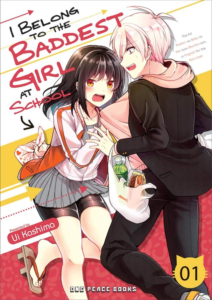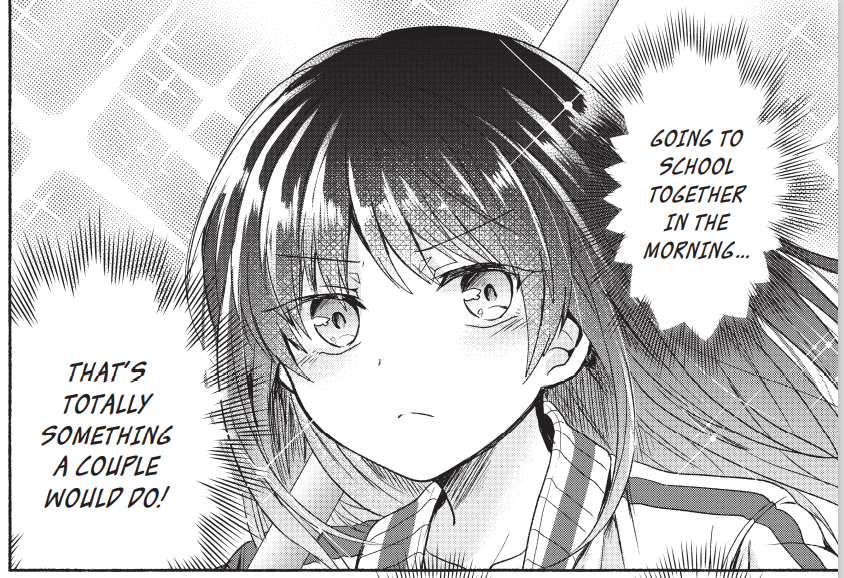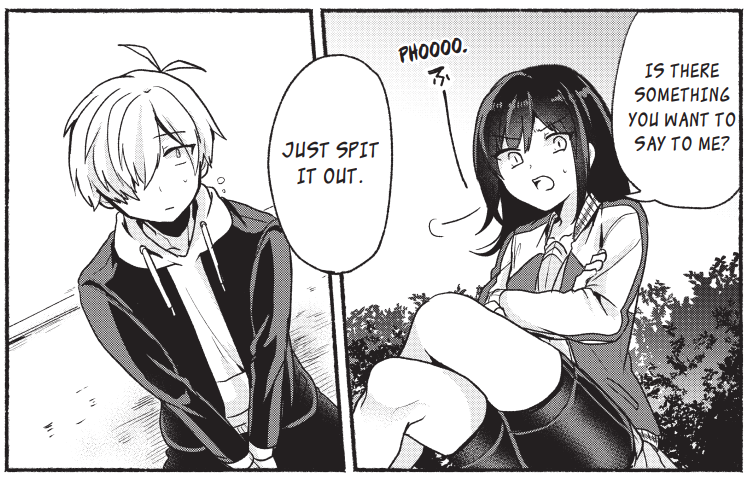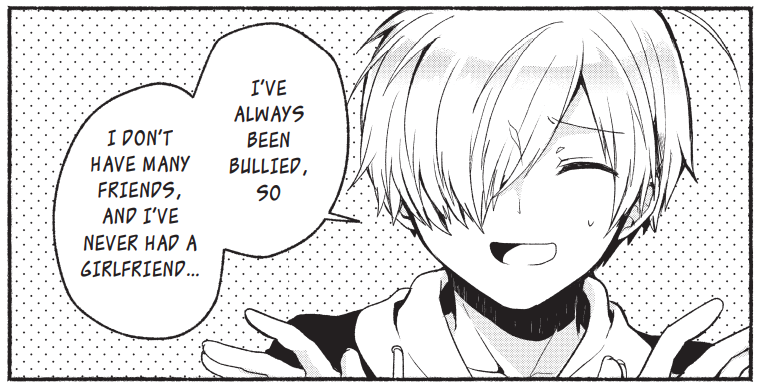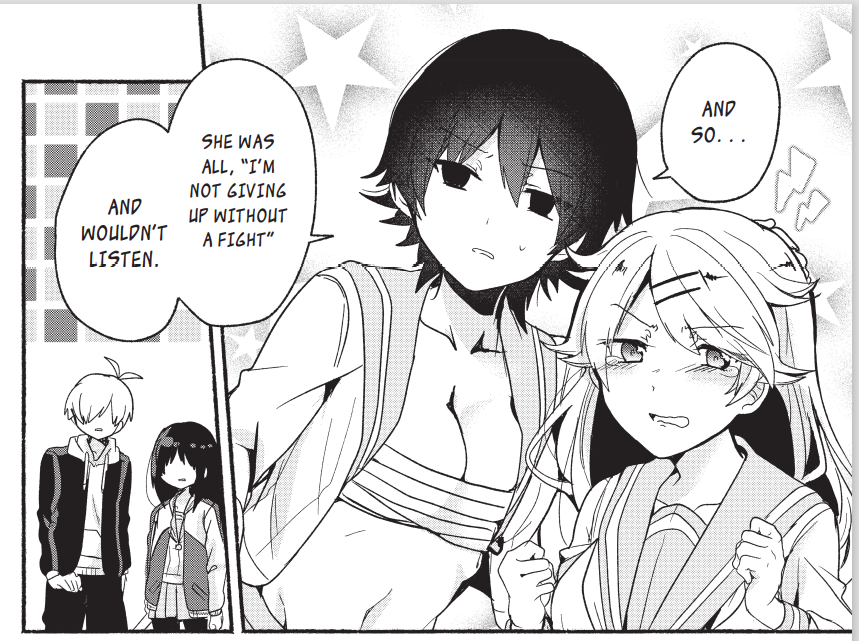Get Owned by the Baddest Girl in School
The romantic comedy and the sitcom of misunderstandings are global literary staples. The idea that opposites attract is a universally recognized trope. And the concepts of the “sukeban,” the role-reversed “bancho,” and schoolyard bullying are concepts of Japanese adolescence. Combining all of these themes naturally results in artist Ui Kashima’s best-selling comedy manga “I Belong to the Baddest Girl in School” (Pashiri na Boku to Koisuru Bancho-san). One Peace Books will debut the official English translation of the hit manga on August 17.
The story revolves around timid teen boy Fuyuhiko Unoki who’s so used to being taken advantage of that he doesn’t refuse when his new high school’s toughest student, the petite girl Kanade Toramaru, aggressively asks for his company. In a gradually developing comedy of misunderstandings, Unoki sees himself claimed as property by a ruthless delinquent while Toramaru imagines she’s secured a kind, mutually affectionate new boyfriend. Slowly the pair grow more comfortable around each other while struggling to work through their own unique anxieties and uncertainties.
The English language reader’s response to “I Belong to the Baddest Girl in School” may depend largely on either or both how willingly receptive the reader is and the reader’s awareness of Japanese cultural tropes. Particularly for Japanese readers who took to this series and turned it into a popular hit, the story is a comfortable and familiar collection of clichés and concepts presented with a refreshing honesty, free of satirical cynicism or pretension. A foreign reader unused to manga and Japanese culture may find the book amusing but slightly odd or confusing. The cynical experienced manga fan may consider the story overly familiar and unoriginal.
Protagonist Unoki is an innocent boy whose experience has taught him that bowing down to bullies is more pragmatic than standing up for himself. He’s a similar character to ones such as Tokyo Revengers’ Takemichi Hanagaki. Toramaru is a slight variation of the classic “bancho” character. She doesn’t wear the traditional “tokkofuku” long coat, but she does wear getta. Rather than the traditional bokken, she wields a broom handle. Her “sukeban” gang, introduced in chapter 3, consists of Matsuri Tatsumi (a tsundere boke) & Yutaka Ushigome (a sarashi-wearing tsukkomi). Numerous other Japanese cultural references that pervade the first volume include Toramaru seeing in shoujo lily vision, bento lacking color, shoe lockers & confession letters, student duties including after-school cleaning and animal duty, and hara-kiri. None of these cultural references are explained. Readers who understand them will gain another level of depth to the story’s jokes. Readers that don’t understand these uniquely Japanese references will still be able to comprehend the scenarios from broad context.
Ui Kashima’s visual art is easy on the eyes. Navigation from panel to panel is natural and easy to follow. Characters are highly expressive and action is clear and coherent. Despite Toramaru’s belligerent nature, violence is nearly always kept off-panel and only depicted for comical ends. The English translation by veteran translator Emily Balistrieri is free of grammatical errors and reads fluidly. Honorifics are either excluded or when necessary translated as suitably as possible. Sound effects are translated innocuously. The translation does include several utterances of mild foul language. The book should otherwise be appropriate for readers of all ages. The singular possible exception is an opaquely implied reference to date rape dropped into the eleventh chapter. The 184-page first book contains the 77-chapter manga story’s first 11 chapters and an author’s afterword.
Ui Kashima’s “I Belong to the Baddest Girl in School” is a categorical example of rom-com manga comfort food. Nothing about the story is unique or exceptional, yet the manga is presented with an honest lack of pretension that makes it pleasant and enjoyable. The storytelling is effectively paced, gradually revealing more detail about its characters while allowing the characters themselves to slowly learn more about themselves and each other. Readers who are fresh to manga may find the story unique and unexpected. Readers familiar with the traditions of manga will certainly find this story familiar yet still amusing.
